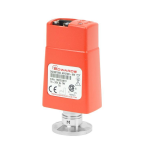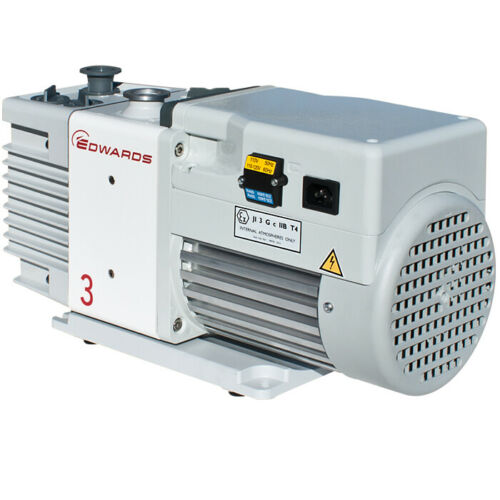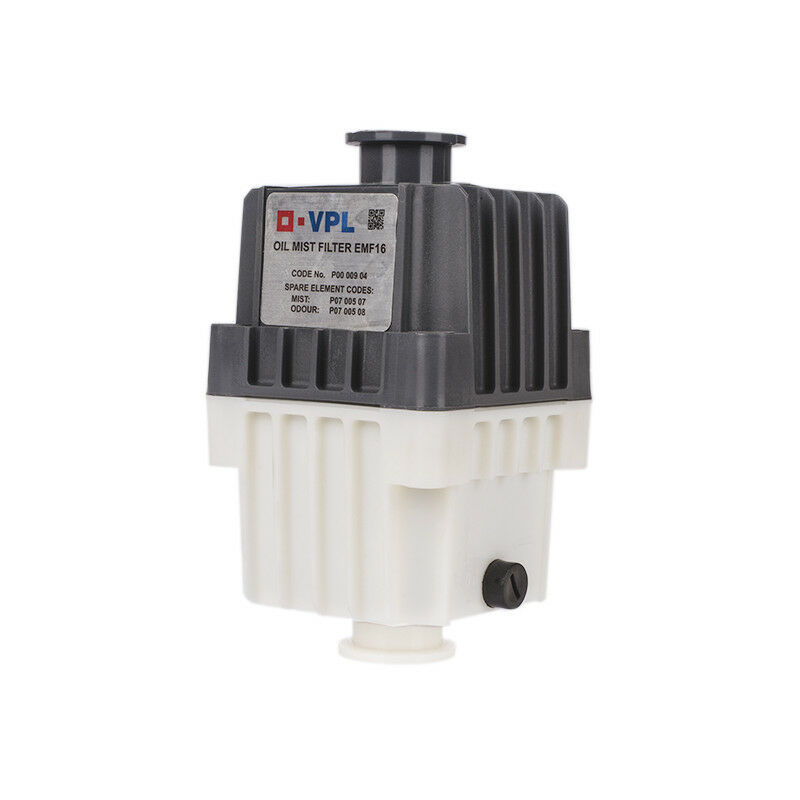
Classification and Applicable Range of Vacuum Gauge
In pressure measurement, except for a few direct measurements, most of them are indirect measurements. It is to cause a certain physical phenomenon in the measured gas, and then measure the physical quantity related to the pressure in this process, and then try to determine the pressure value. This is the characteristic of vacuum measurement, and will cause some problems.
- A vacuum gauge is an instrument for measuring the pressure of a gas or vapor below an atmospheric pressure.
2. Absolute vacuum gauge is an instrument which can directly calculate (or get) the pressure from the physical quantity measured by the vacuum gauge itself.
3. The relative vacuum gauge can only be measured after being calibrated by the absolute vacuum gauge.
Therefore, any method has a certain measurement range, which is the “range” of the vacuum gauge. It is one of the important contents of vacuum scientific research to expand the range of each method as much as possible. Modern vacuum technology involves a pressure range of 19 orders (105-10-14 PA). No vacuum gauge can measure such a wide pressure range, so several vacuum gauges are always used to govern certain areas. However, due to the difference in principle of various vacuum meters, large errors are often caused in the areas where they connect with each other. From the above point of view, in order to improve the performance of vacuum gauge and improve the accuracy of vacuum measurement, it is necessary to highlight the main phenomenon and suppress the parasitic phenomenon. Table 1 shows the pressure measurement ranges of some vacuum gauges.
At high pressure (105-1pa), U-tube pressure gauge, mclaw vacuum gauge, membrane gauge, spring tube pressure gauge, etc. are used. In the middle pressure range of 103-10-2 PA, a piezometer and a viscous vacuum meter are made by using the change of gas properties (heat conduction and viscosity). At low pressure, an ionization vacuum gauge is used to measure the ionization of gas molecules.
Applicable pressure range of vacuum gauge
Name of vacuum gauge measurable pressure range (PA)
Mercury manometer (U-tube) 10 ^ 5-10 ^ 2
Oil pressure gauge (U-tube) 10 ^ 5 ~ 10 ^ 2
Oil pressure gauge (U-tube) 3 * 10 ^ 3 ~ 1
Mclaw vacuum gauge (general type and special type) 10 ^ 3 ~ 10 ^ 3
Elastic deformation vacuum gauge 10 ^ 5 ~ 10 ^ 2
Diaphragm vacuum gauge (mechanical type) 10 ^ 5 ~ 10 ^ 2
Diaphragm vacuum gauge (electrical type) 10 ^ 5 ~ 10 ^ 3
Ionization vacuum gauge (triode type) 10 ^ – 1 ~ 10 ^ – 5
B-A type 10 ^ – 2 ~ 1 ^ – 6 for ultra high vacuum
Hot cathode magnetometer for very high vacuum
For high vacuum (Schulz type) 10 ~ 10 ^ – 2
Cold cathode vacuum gauge 1-10 ^ – 5
Pirani vacuum gauge 10 ^ 4 ~ 10 ^ 2
Thermocouple vacuum gauge 10^2 ~ 10^-1
Thermistor vacuum meter 10 ^ 2 ~ 10 ^ 1
Viscosity vacuum gauge 1-10 ^ – 5
Knuzeng vacuum gauge






